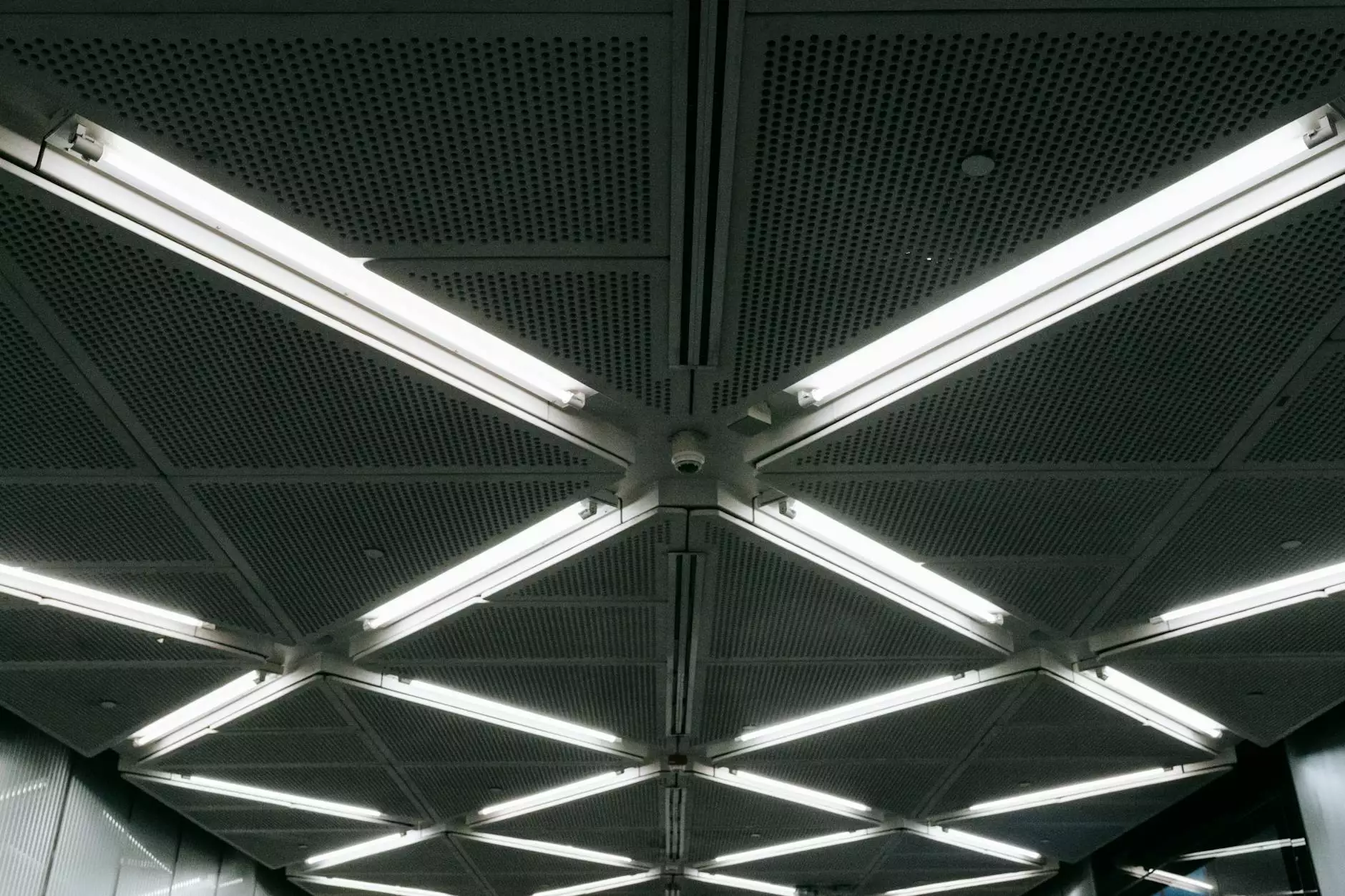Digital vs. Offset: Understanding the Difference in Printing Techniques
Blog
Introduction
Welcome to Signs by Roach, your trusted partner in the printing and self-publishing industry. As a leading provider of professional printing services, we understand the importance of choosing the right printing technique for your business needs. In this informative article, we will delve into the world of digital and offset printing, exploring their differences, benefits, and use cases. Let's embark on this insightful journey together!
What is Digital Printing?
Digital printing is a modern printing method that utilizes digital files to directly reproduce images and text onto various substrates. Unlike offset printing, which involves the creation of plates, digital printing does not require extensive setup time or costly plate production. Rather, it relies on advanced technology to create vivid, high-resolution prints quickly and efficiently.
One of the significant advantages of digital printing is its versatility. Whether you need business cards, brochures, or banners, digital printing allows for personalized, on-demand printing, making it ideal for small to medium print runs. With its ability to handle variable data printing, it enables customization through individualized content or design elements for each printed piece.
Key Features of Digital Printing
1. Speed and Efficiency
Digital printing eliminates the need for setup time, making it a time-efficient option for projects with tight deadlines. With the absence of plates, the turnaround time is significantly reduced, allowing you to receive your prints faster without compromising quality. The streamlined process also improves efficiency, ensuring minimal material and resource wastage.
2. Cost-Effective for Short Runs
If you require a small quantity of prints, digital printing offers a cost-effective solution. Traditional offset printing often becomes more economical for larger print runs due to the initial setup costs of producing plates. Digital printing, on the other hand, doesn't have these setup costs, making it an economical choice for low-volume projects.
3. Customization and Variable Data Printing
Personalization can make a significant impact on the effectiveness of your printed materials. With digital printing, you have the ability to customize each piece with variable data printing. Whether it's tailoring individual names, addresses, or promotional codes, this feature allows for a more targeted and engaging approach to your audience.
Understanding Offset Printing
Offset printing, also known as lithography, is a traditional printing method that has been widely used for commercial printing over the years. It involves transferring ink from a plate to a rubber blanket, which in turn applies the ink onto the desired substrate. Offset printing is known for its exceptional color accuracy, sharpness, and consistency.
Although offset printing requires initial setup time, the cost per unit decreases as the print run quantity increases. Therefore, it is often the preferred choice for large-scale print projects or when precise color matching and image details are of utmost importance.
Key Features of Offset Printing
1. Superior Color Reproduction
Offset printing is renowned for its ability to produce vibrant, consistent colors. Its CMYK color model allows for accurate color reproduction, which is crucial for materials such as magazines, catalogs, and product packaging. The use of Pantone matching system (PMS) in offset printing ensures precise color matching.
2. Large Print Runs
If you have a high-volume print project, offset printing is the cost-effective solution you need. The initial setup time and plate production costs are spread across a larger number of prints, making it more economical as the print quantity increases. Offset printing is particularly ideal for orders in the thousands or above.
3. Wide Range of Substrates
Offset printing can handle various substrates, including paper, cardstock, and specialty materials. Whether you need prints on glossy or matte stock, offset printing can deliver outstanding results across different mediums. This versatility opens up possibilities for unique print projects, elevating your brand's visual presence.
Conclusion: Choosing the Right Printing Technique
Now that we have explored the differences and benefits of digital and offset printing, you can make an informed decision for your unique printing requirements. Digital printing offers speed, efficiency, and cost-effectiveness for smaller print runs, while offset printing excels in color accuracy, large-scale projects, and a wider range of substrates.
At Signs by Roach, we possess a wealth of expertise in both digital and offset printing. With our state-of-the-art equipment and skilled professionals, we are committed to delivering exceptional print quality that exceeds your expectations. Contact us today and let us bring your print projects to life!
Signs by Roach - Business and Consumer Services - Printing & Self Publishing










